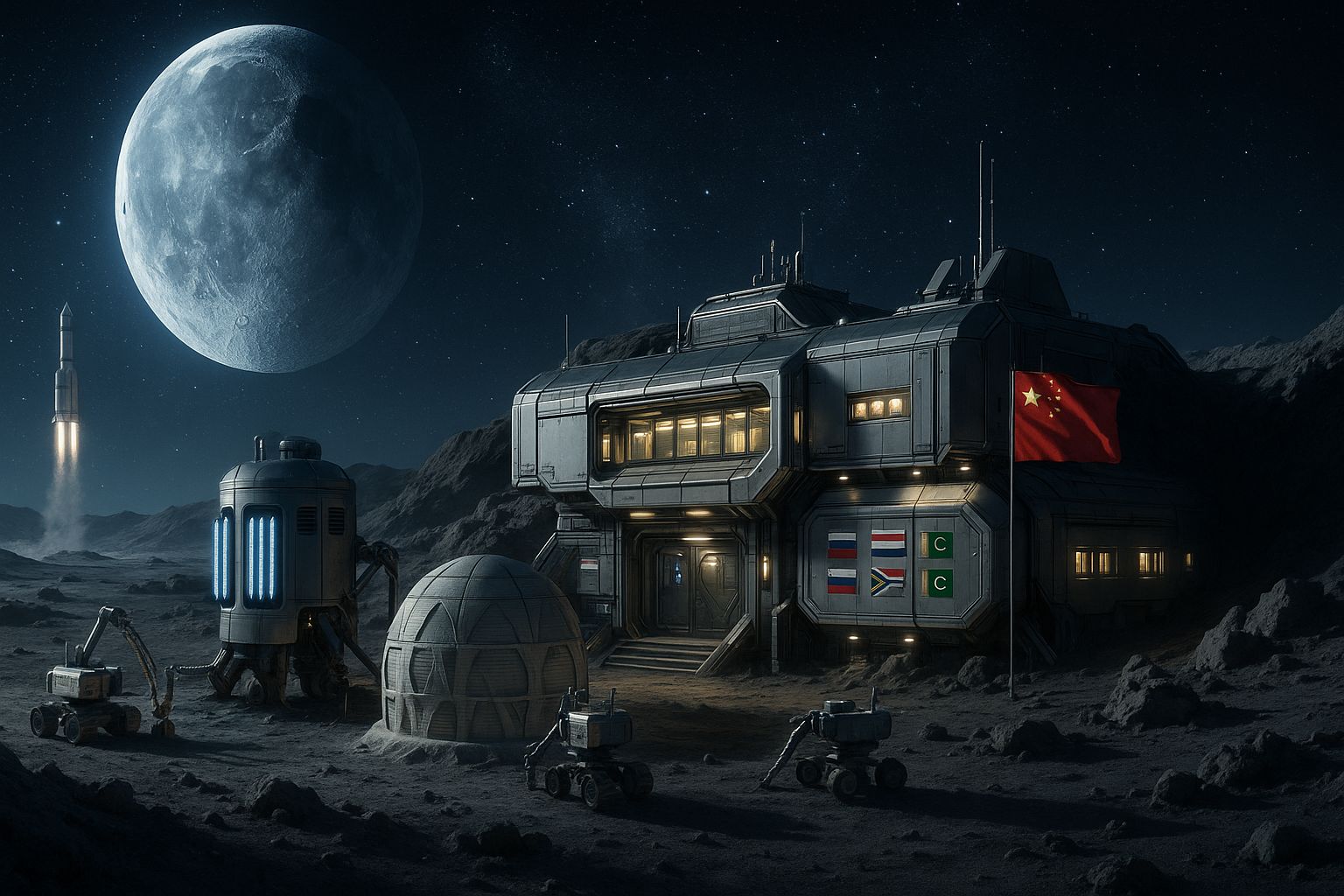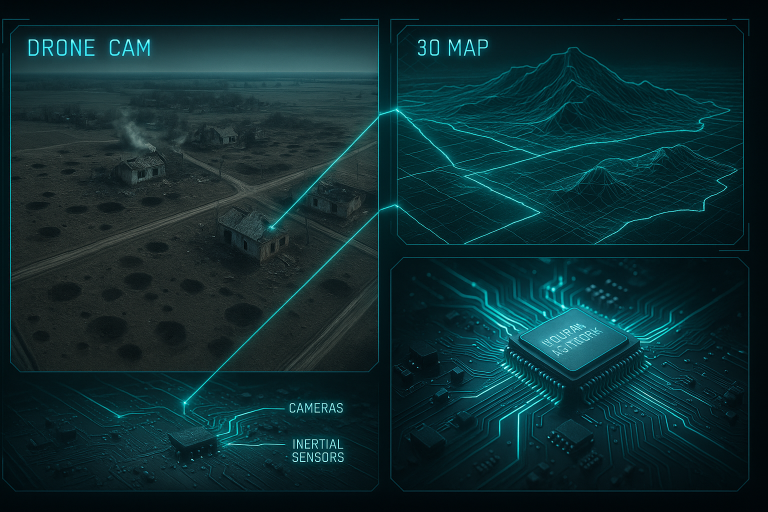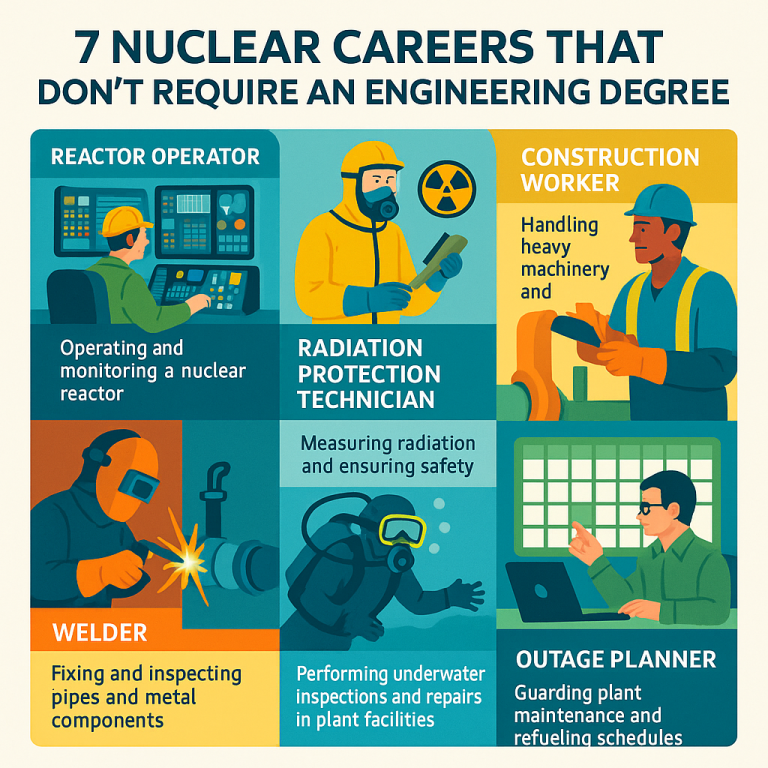China’s Ambitious Plan: A Nuclear-Powered Moon Base by 2035 – Full Analysis
China is accelerating plans to construct a nuclear-powered research station on the Moon by 2035, marking a major leap in space exploration. This initiative, part of the International Lunar Research Station (ILRS), is a joint venture with Russia and other international partners, aiming to establish a permanent scientific outpost near the Moon’s south pole.
Why Nuclear Power?
Unlike solar-dependent missions (such as NASA’s Artemis program), a nuclear reactor provides continuous, high-power energy, crucial for:
- Surviving long lunar nights (14 Earth days of darkness)
- Supporting advanced scientific experiments
- Enabling fuel and oxygen production from lunar soil (in-situ resource utilization)
- Powering future human habitats
This bold move could make China the first nation to build a permanently occupied lunar base, setting the stage for deep-space exploration and even Mars missions in the future.
Strategic Rationale for Lunar Nuclear Power
Energy Challenges on the Moon
The Moon’s harsh environment makes traditional power sources unreliable:
- Extended darkness: Solar panels fail during the 14-day lunar night.
- Extreme temperatures: Ranging from -173°C (-280°F) to 127°C (260°F), damaging electronics.
- Dust accumulation: Lunar dust can reduce solar panel efficiency by 50%.
- Growing energy demands: Future bases will need power for:
- Life support systems (oxygen, water recycling)
- Scientific instruments (telescopes, geology labs)
- Fuel production (for rockets returning to Earth)
- Communication networks (Moon-to-Earth data links)
Why Nuclear is the Optimal Solution
- 24/7 operation: Works day and night, unaffected by lunar darkness.
- High energy density: 1kg of uranium = energy of 3 million kg of batteries.
- Compact design: Takes up less space than massive solar arrays.
- Process heat capability: Can melt ice for water or extract metals from lunar soil.
Technical Deep Dive: The Lunar Reactor Design
Core Specifications
| Parameter | Specification | Significance |
|---|---|---|
| Type | Fast-spectrum, heatpipe-cooled | Efficient, low-maintenance |
| Power Output | 10-100 kWe (scalable) | Can power small base or expand for growth |
| Weight | <10,000 kg | Fits on China’s Long March 9 rocket |
| Fuel | Highly enriched uranium (HEU-235) | Lasts 10+ years without refueling |
| Cooling System | Sodium-potassium (NaK) heatpipes | No moving parts, reducing failure risk |
Safety Systems
- Triple containment barriers to prevent radiation leaks.
- Automatic shutdown in emergencies.
- AI monitoring for Earth-independent operation.
- End-of-life disposal plan: Secure burial in a deep lunar crater to avoid contamination.
Deployment Timeline & Mission Architecture
Phase 1: Preparation (2025-2030)
- Chang’e-7 (2026): Scout the Moon’s south pole for ideal base location.
- Chang’e-8 (2029): Test nuclear components and 3D-printed habitats.
- ILRS-1 (2026): Deliver initial infrastructure via robotic missions.
Phase 2: Construction (2031-2035)
- 2031-2033: Land and assemble the nuclear reactor core.
- 2034-2035: Connect power grid and activate life-support systems.
- 5+ robotic missions to build habitats and labs.
Phase 3: Expansion (2036+)
- Additional reactors for more power.
- Human-tended operations (astronaut rotations).
- Industrial-scale fuel production for deep-space missions.
Comparative Analysis: ILRS vs. NASA’s Artemis
| Category | China-Russia ILRS | NASA Artemis |
|---|---|---|
| Power Solution | Nuclear fission | Solar + batteries |
| Energy Output | 10-100 kWe (scalable) | ~20 kWe (limited by sunlight) |
| Operational Duration | Continuous (day & night) | Daylight-only (2-week blackouts) |
| Primary Goal | Permanent settlement | Periodic human visits |
| Cost Estimate | $8-12 billion | $93 billion (Artemis total) |
Key Advantage: Nuclear provides uninterrupted power, making it ideal for long-term lunar habitation.
International Collaboration Framework
Current Partners & Contributions
- Russia: Nuclear expertise, launch vehicles.
- Pakistan: Communication systems.
- UAE: Robotic interfaces.
- South Africa: Mineral analysis tools.
Legal & Regulatory Challenges
- Must comply with the Outer Space Treaty (no nuclear weapons in space).
- IAEA safeguards for nuclear material transport.
- Developing radiation safety standards for lunar operations.
Risk Assessment & Mitigation Strategies
Technical Risks
- Launch Failure? → Multiple component launches + redundancy.
- Reactor Malfunction? → Passive safety design + AI monitoring.
- Cooling System Issues? → Backup radiators.
Political Risks
- Sanctions? → Alternative supply chains.
- Technology leaks? → Strict export controls.
Environmental Concerns
- Minimal impact on the Moon (no atmosphere or life).
- Strict containment to prevent radioactive leaks.
Future Applications & Spin-off Technologies
Lunar Industrialization
- Oxygen mining from lunar soil (for breathing & rocket fuel).
- Metal extraction for 3D-printed structures.
- Deep-space refueling station for Mars missions.
Earth Benefits
- Compact nuclear reactors for remote areas (Antarctica, deserts).
- Advanced robotics for disaster response.
- Closed-loop life support for sustainable cities.
Expert Perspectives
Supportive Views:
- “Nuclear power is the only practical solution for permanent lunar bases.” — Dr. Li Ming, Chinese Academy of Sciences
- “Russia’s space reactor experience ensures reliability.” — Prof. Petrov, Moscow Institute
Critical Concerns:
- “Potential weaponization risks must be addressed.” — Dr. Smith, Space Policy Institute
- “Radiation effects on lunar environment need study.” — Prof. Tanaka, Kyoto University
Paving the Way for Sustainable Space Exploration
China’s lunar nuclear initiative represents:
✅ A technological leap in space power systems.
✅ A new model for international cooperation.
✅ A stepping stone toward Mars colonization.
If successful, this project could:
- Enable permanent Moon bases by the 2040s.
- Support asteroid mining & deep-space missions.
- Accelerate humanity’s transition to a multi-planetary species.
As the 2035 target approaches, the world will be watching closely—this could be the dawn of a new space age.







